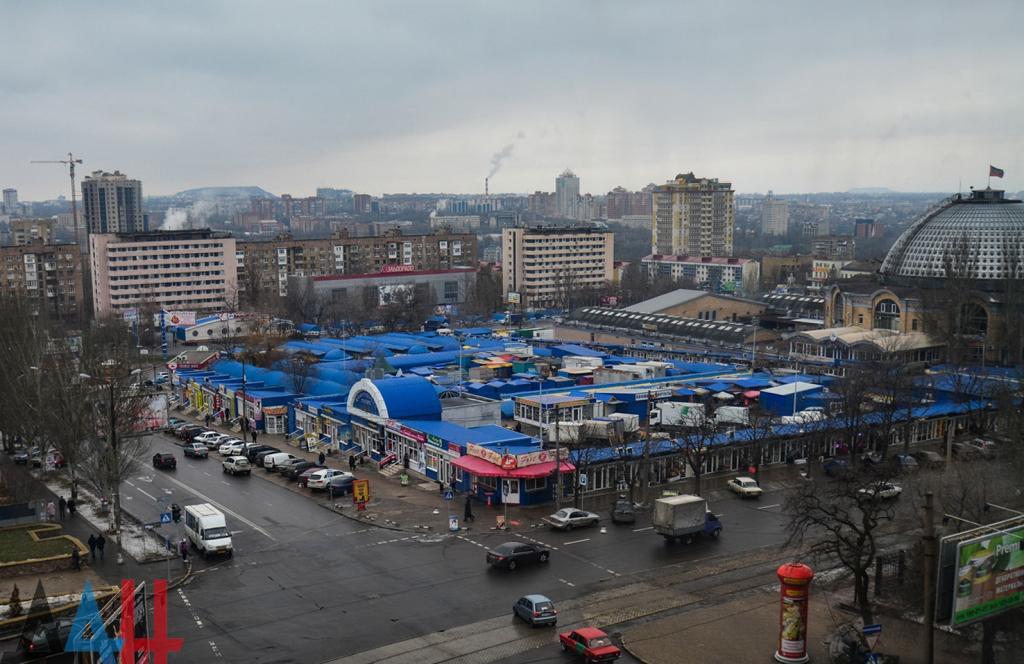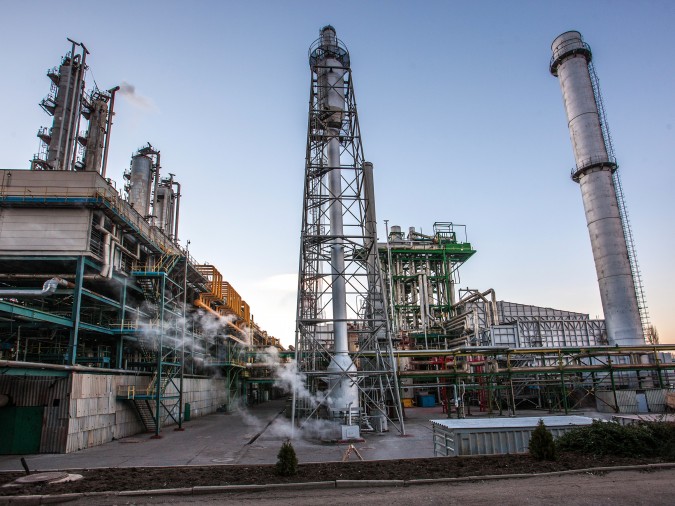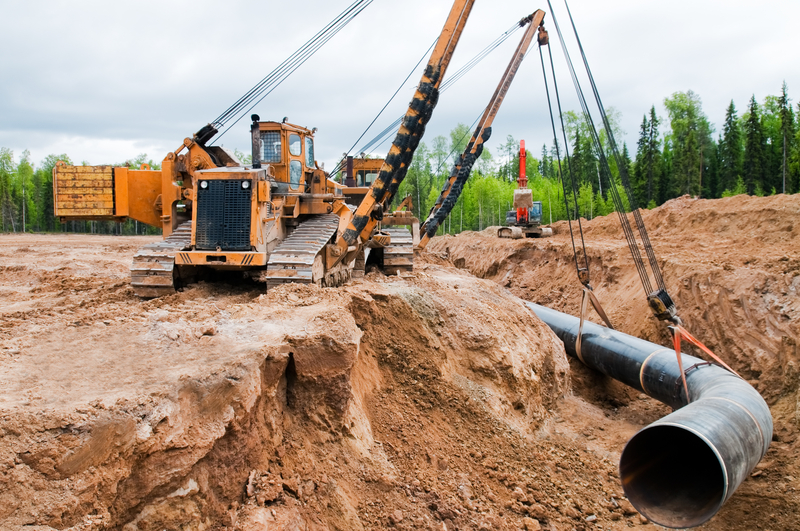To be able to carry out the necessary tasks, each country needs economic resources. One of them is property that is in state ownership (federal or municipal). How efficiently its management is carried out depends on how the country performs its tasks. From the article we learn what happens state, federal property and the reasons for its occurrence.

The concept
Previously, the state was the main form of ownership. But at present, the law enshrines the equality of participants in civil relations, which apply to the state. Equality is ensured by the absence of certain advantages, for example, the non-extension of the statute of limitations on the requirement to return federal property from someone else’s property, which is carried out illegally. State ownership (federal and municipal) and private are considered in the form of two components of economic relations, where the goal of state ownership is to appropriate the property nationwide, which is separate from the property of individual companies and citizens. The coincidence of national and state interests is based on Part 1 of Art. 3 of the main law of the country, according to which the people are the only source and bearer of power in the country.
Federal property includes property that belongs to the Russian Federation, regional property - property belonging to individual entities of the country. All this together constitutes state property. The possession, use and disposal of it is carried out in accordance with Articles 294 and 296 of the Civil Code of the Russian Federation.
Types of state property
Objects related to state ownership are established by law. They:
- They form the basis of the national wealth of Russia.
- They are necessary for the work of state bodies and the solution of tasks on a national scale.
- Relate to defense production.
- Provide livelihoods and development of the national economy.
- Relate to other objects.
Briefly consider each of them individually.

The basis of the country's wealth
The objects that form the basis of Russia's wealth are:
- Resources related to the continental shelf, territorial waters and seas of the Russian Federation.
- Natural objects that are protected or used in a special way. These include nature reserves, national parks, resorts and wildlife sanctuaries.
- Historical, cultural and natural sites, cultural institutions and artistic values.
Objects for the functioning of state structures and management of state tasks
The objects that are needed for the work of state bodies and the management of national tasks include the following:
- State treasury of the country.
- Property belonging to the Armed Forces, ATS and other institutions financed from the federal treasury.
- Universities, research institutes, enterprises and other objects of the Russian Academy of Sciences, ministries, state scientific centers.
- Enterprises and other geological, geodetic, hydrometeorological and other services.
- Enterprises and institutions of the sanitary and epidemiological and veterinary services.
- The enterprises of the patent service, metrological and machine testing stations.
- State reserves and reserves, enterprises that preserve them.
- Correctional facilities, medical and preventive enterprises.
Defense industry
The objects of defense production include:
- Enterprises that produce weapons, explosives and toxic substances, radiation materials, rockets, spacecraft, equipment for the military; enterprises that service, launch and accompany spacecraft perform research and development work in these areas.
- Spare room facilities for the management of all state bodies and communication facilities, as well as infrastructure, which are intended for use at special times.

Objects for the work and development of the national economy
Objects that ensure the work and development of the national economy:
- Enterprises related to the extractive industry.
- Fuel and energy complex.
- Electric power industry.
- Railway, air, water, pipeline transport, gasification.
- Public roads and the organizations that serve them.
- Television, radio enterprises, communications.
- Pedigree and horse farms and plants, breeding centers, state inspectorates, laboratories for testing agricultural crops, fish production facilities, serpentariums.
Other objects
Other objects include:
- Pharmaceutical enterprises for the production of biomedical preparations.
- For the production of alcohol and vodka products.
Subjects and objects
The subject that owns, uses and disposes of property is its owner. With regard to federal property in the Russian Federation, this is directly the state. The fact that the property belongs to the country is confirmed by the state register.
State property is never owned by private individuals. This is the state budget, communications, transportation systems, financial organizations and more. But certain objects of federal property can be transferred to municipalities and regions. Some of them control budget organizations, while others relate to the state treasury.
What lands are federal property?
Consider them. The following areas of land belong to state federal property:
- In accordance with paragraph 5 of Art. 1 of the Law on Protected Areas No. 33-FZ.
- According to paragraph 10 of Art. 1 of the Law “On the Circulation of Medicines” No. 61-FZ and the Law “On the National Guard” No. 226-FZ, territories with military facilities and sections that are reserved for the needs of the army and the National Guard.
- Land related to the forest fund, according to the LC of the Russian Federation.
- Territories of organizations and enterprises that belong to the state.
- Closed cities.
In addition, there is a federal reserve land fund.

Grounds
In paragraph 1 of Art. 17 of the RF Labor Code, the grounds are determined under which the lands are in federal ownership. It:
- State ownership of land within the limits of legislation.
- Formation of a part of federal property as a result of delimitation of land allotments.
- Acquisition by government agencies with the appropriate authority.
Demarcation
This procedure is the transfer of the allotment that used to belong to part of the unlimited territory in the federal property of the Russian Federation. In the same way, lands previously owned by the regions are transferred.
The concept of demarcation arose in 2001. The adopted procedure was valid until 2006, after which it was canceled due to the complexity of the process. From July 2006 to the present, the delimitation is carried out on the basis of the Land Code.
Regional, municipal and federal property is determined in accordance with three main features, in particular:
- If there is a building belonging to one of the entities on the site, it is this entity that has priority during the demarcation procedure.
- The land used by the organization may be transferred to the entity in whose territory it is located.
- If this is stated in law.
There is the following algorithm of actions, according to which land is divided and transferred to federal property:
- First, a law is developed in accordance with which this process is carried out.
- The work of cadastral services is ongoing.
- The previously determined boundaries of the site are fixed. Then an individual number is set.
- An act is adopted according to which the corresponding site is recognized as federal property of the Russian Federation.
In accordance with certain circumstances, federal allotments of land may become the property of both regions and municipalities.

The emergence of federal property
There are certain rules. They determine the process of the emergence of federal land ownership. This occurs through the use of the following methods:
- The state may initiate the process of seizing land that is owned by private owners. At the same time, Article 279 of the Civil Code of the Russian Federation provides for the right to seize the allotment in order to meet state needs through redemption.
- Another method is nationalization, referred to in Art. 235 of the Civil Code of the Russian Federation. According to the provisions of this article, the conditions and procedure for the seizure of property is implemented by paying compensation for the value of the allotment of land, as well as other additional costs.
These two methods differ from each other, although in both cases financial losses are compensated.
Withdrawal
This procedure is regulated by the Land Code. Redemption is one of the most sought-after legal instruments for such an exemption. According to the law, redemption of allotments of land in order to ensure state and municipal needs can take place only in exceptional cases. This principle protects the rights of citizens. The executive body makes a special order about this.
A decision can be made regarding federal property, property of constituent entities of the Russian Federation by the relevant authorities. Local authorities do not have such authority. Therefore, for this they have to contact higher authorities. As shown by legal practice, which is aimed at the purchase of land for state needs, usually the right of ownership is transferred to a third party.

Seizure procedure
The procedure and procedure for seizure, as well as transfer to federal ownership shall be established by land legislation. According to Articles 279-281 of the Civil Code of the Russian Federation, this process constitutes compliance with the following steps:
- After a decision is made on land acquisition for municipal or state needs, government agencies send a written notice to the owner no later than one year before the purchase.
- At the same time, certain guarantees are provided to citizens, according to which the site cannot be seized without the appropriate will of the subject for any reason in the specified period.
- Then, the bidding procedure is carried out, in which state bodies and the owner of the allotment of land buy out the territory of interest.
If, in the opinion of the owner, such an exemption is illegal, he has the right to apply to the court to protect his interests.
Reasons for Exemption
The relevant grounds for exemption are provided for in Art. 49 of the Land Code, which provides an exhaustive list. It includes:
- Transfer of land for state needs, if the state is able to solve the problems of fulfilling its obligations.
- Transfer of land into state ownership from private is carried out when it is necessary to place a state object and other options are unsuitable for construction.
- After the circumstances stipulated by the federal law, the territory may be redeemed.
At the same time, there are cases in which there is no right to transfer land into federal property. These include the following:
- The land is located on the territory of the Public Health Organization, in accordance with Art. 93 of the Land Code.
- Land forest fund belonging to the first group, according to Art. 101 of the Land Code.
These restrictions ensure the protection of protected, forest and agricultural areas.

Conclusion
Federal property, like other types of state property, plays an extremely important role in ensuring state interests. Therefore, the state has provided special tools for its occurrence. But at the present time, private property is also widespread, which also allows this sector to actively develop.









